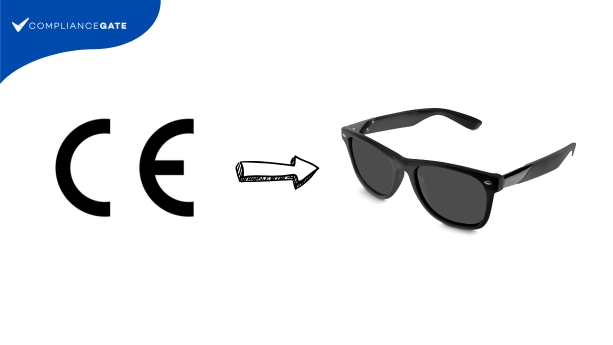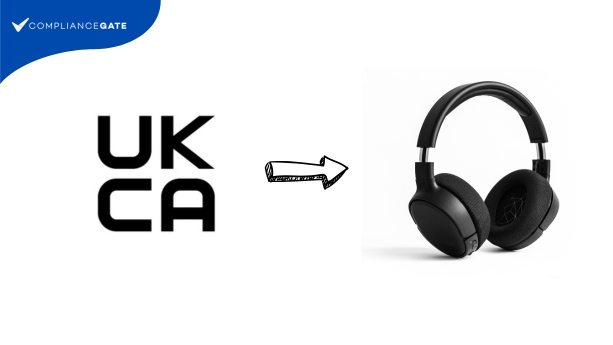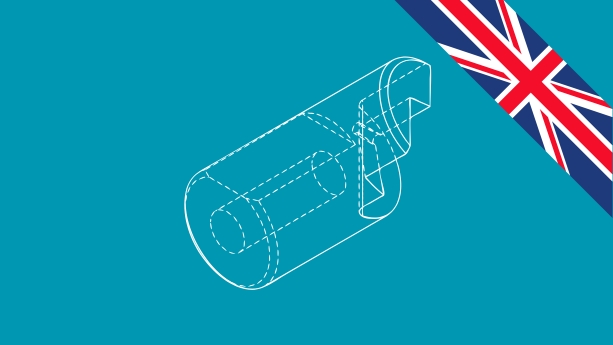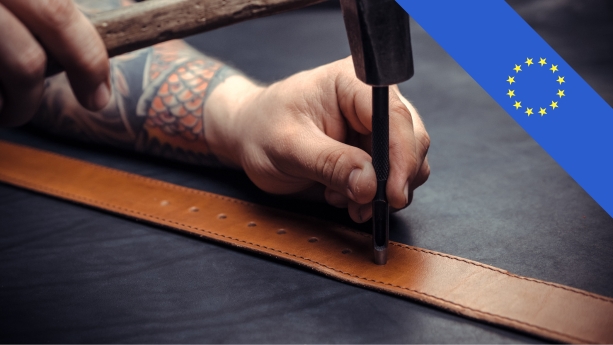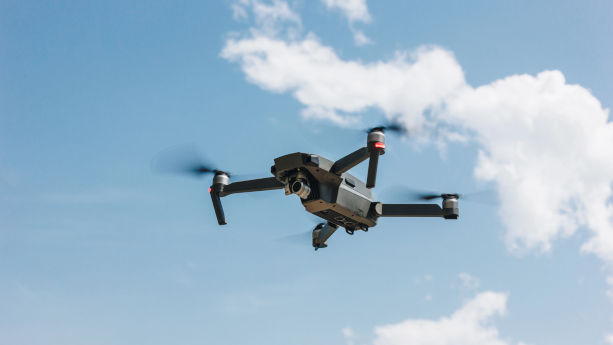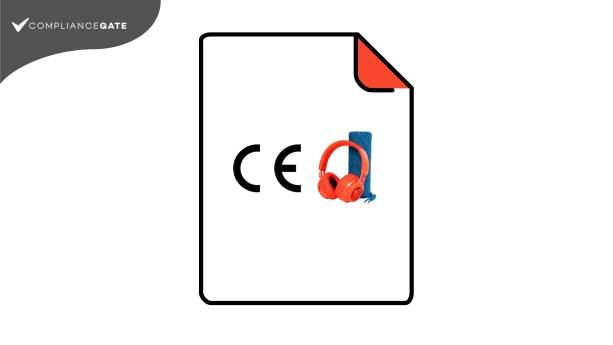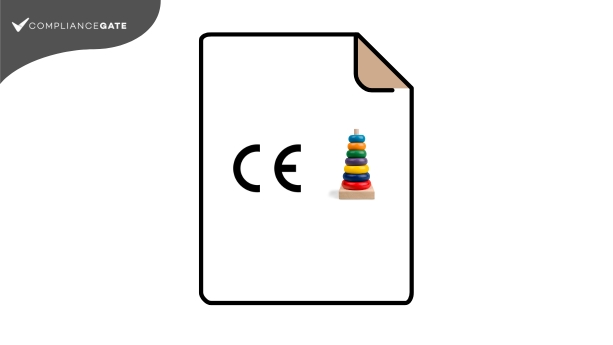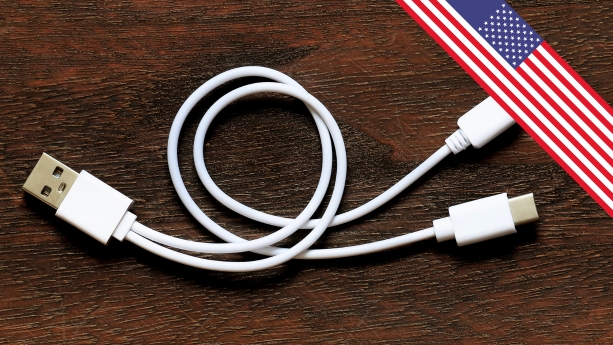
Cables imported and manufactured in the United States are subject to various regulations and safety standards. Compliance with applicable regulations and standards is essential, as unsafe cables may cause fires, electrical shocks, or damage other devices.
This guide takes a close look at how regulations such as 47 CFR Part 15 and 16 CFR Part 1120 apply to cables in the United States. You will also learn why voluntary UL and ASTM standards are important to consider when importing or manufacturing cables.
Product examples
- USB cables
- Power cords
- Extension cords
- Optical fiber cables
Continue reading Cable Regulations in the United States: An Overview






















